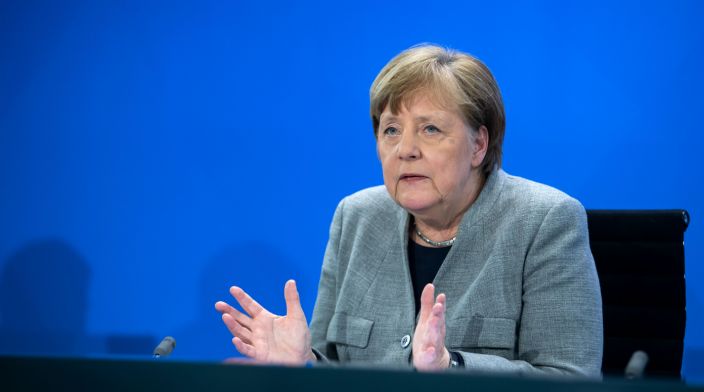The German government’s efficient approach to tackling and containing the outbreak of coronavirus has been widely praised, and, so far, is showing results in terms of the country’s relatively low fatality rate. Berlin’s strategy for eventually exiting the lockdown will be observed just as closely, to see if its gradual, step-by-step approach could offer a blueprint for other countries.
On Wednesday 15 April, after a tough four-hour meeting with leaders of the 16 federal states, chancellor Angela Merkel announced the first steps in the lockdown exit-strategy. Merkel described the current control of the virus’s spread as a “fragile intermediate success” but warned that coronavirus would be something we have to live with until there is a cure or a vaccine.
Broadly, the country will stay in its current state of lockdown until 3 May. That means maintaining the 1.5m social distancing measures, only being in groups of two in public, and only going out for essential shopping or exercise.
Retailers will be the first group to be freed from the lockdown, with shops smaller than 800 square meters, (8,600 sq ft) allowed to open again from Monday 20 April; that includes book shops, bike shops, and car dealerships. The decision is good news for the millions of small business owners struggling to survive since they had to close their doors on 22 March.
This is how Angela Merkel explained the effect of a higher #covid19 infection rate on the country's health system.
— Benjamin Alvarez (@BenjAlvarez1) April 15, 2020
This part of today's press conf was great, so I just added English subtitels for all non-German speakers. #flattenthecurve pic.twitter.com/VzBLdh16kR
Restaurants and bars will remain shut until further notice, as must churches, cinemas, and theatres. Big events like concerts or sports matches are prohibited until the end of August.
Hairdressers must wait until Monday 4 May to open again and are subject to enhanced hygiene measures and must ensure there are no queues.
Primary schools are allowed to reopen on 4 May, as well as some of the final years of secondary school, but kindergartens have to stay shut. Schools however come under state control in Germany, so it will be up to individual states to decide how to implement the openings.
Merkel took pains to explain the importance of lowering the infection reprouction rate on Wednesday, and warned that while the country had achieved its goal of not overburdening the hospital system, this could change if the reinfection rate crept up even by a fraction of a point.
Germany’s relatively low death rate from COVID-19 —compared with Italy, Spain, and France— has been attributed to how speedily it reacted when the first coronavirus cases appeared in terms of testing and isolating people with symptoms.
The government also reacted quickly to lift the country’s constitutional “debt brake” and mobilise some $818 billion USD in loans and grants and short-time work aid to support companies. That won’t protect the German economy however, which economists expect to shrink by nearly 10% in the second quarter, and by 4.2% overall in 2020.
CLICK HERE FOR FULL ARTICLE ON YAHOO NEWS


